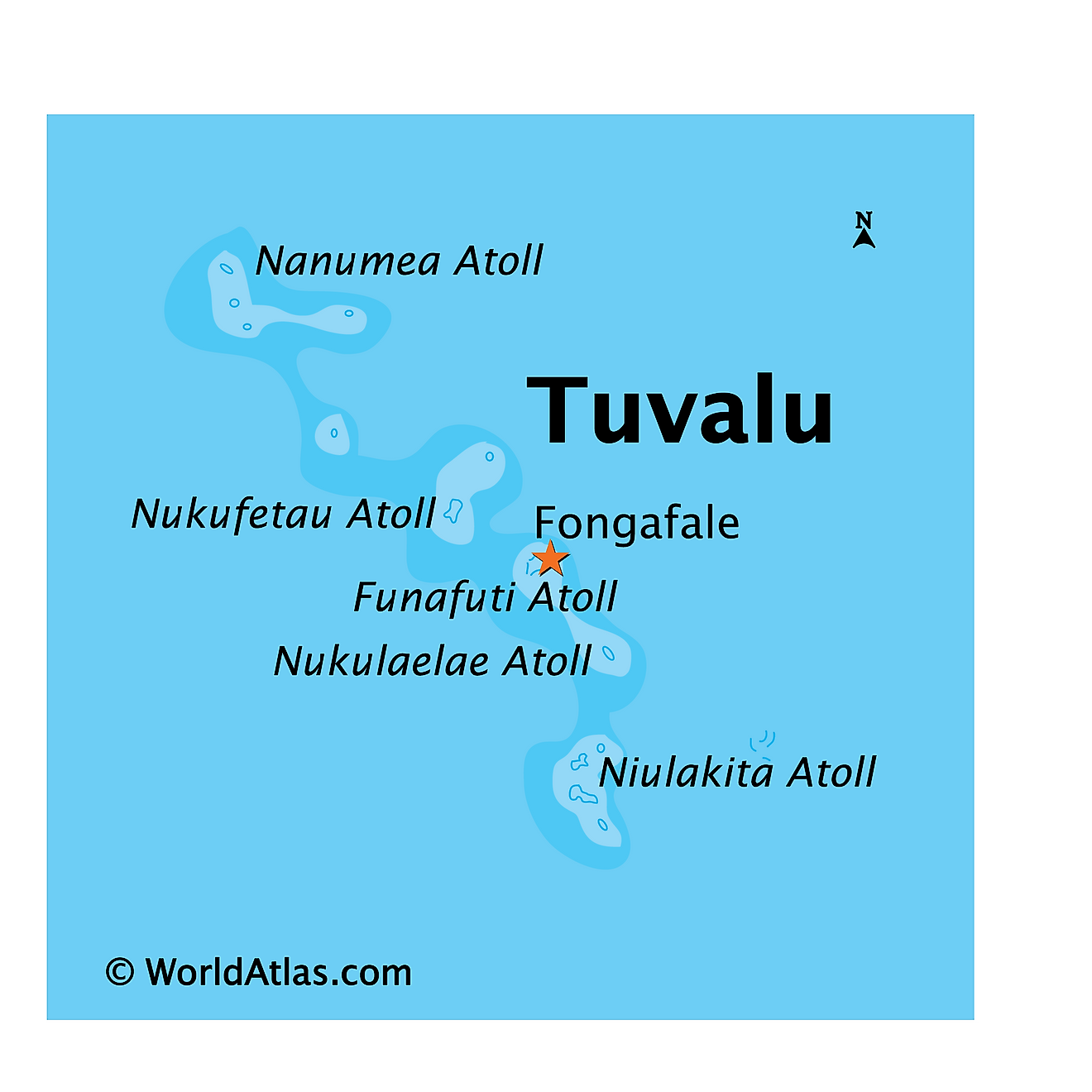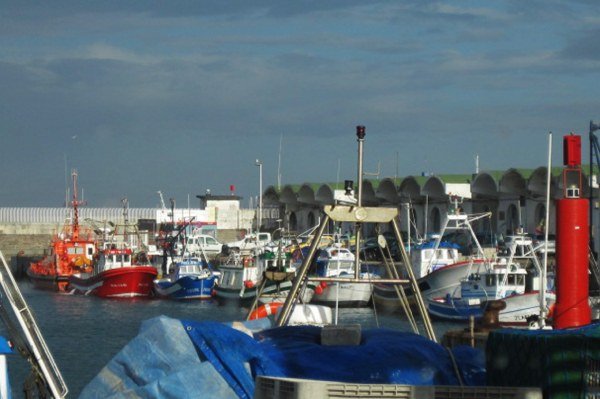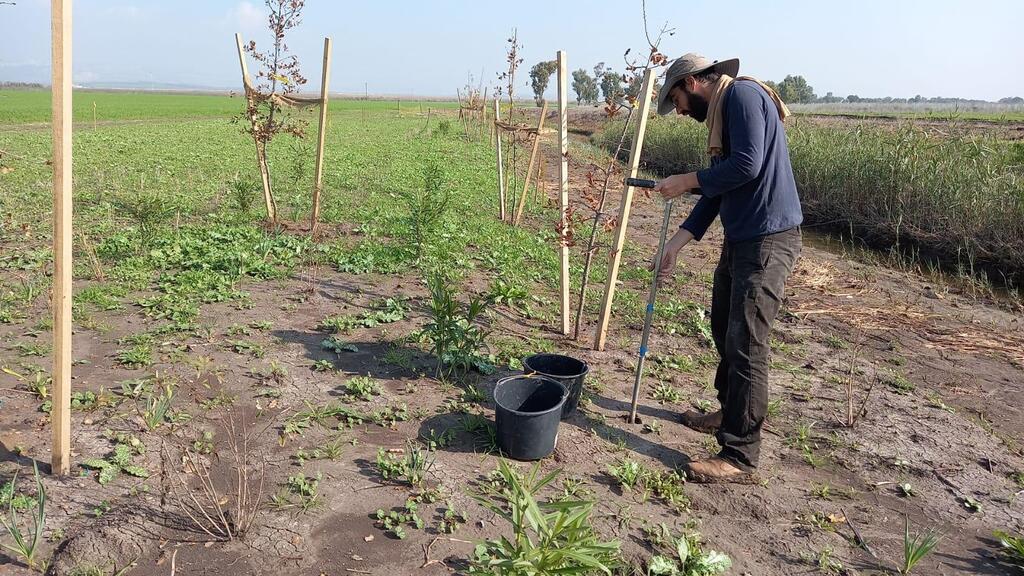Record heat wave grips multiple continents as global temperatures surge – Türkiye Today

Global Heatwave Analysis: A Critical Challenge to Sustainable Development Goals
A recent and persistent global heatwave has resulted in record-breaking temperatures across multiple continents, presenting a significant threat to the achievement of the United Nations Sustainable Development Goals (SDGs). These extreme weather events directly undermine progress on SDG 13 (Climate Action), SDG 3 (Good Health and Well-being), and SDG 11 (Sustainable Cities and Communities), while also posing severe risks to SDG 14 (Life Below Water) and SDG 15 (Life on Land).
Regional Temperature Anomalies and SDG Implications
The widespread nature of the heatwave highlights the global scale of the climate crisis. The following data illustrates the severity of the events and their direct impact on human and environmental systems, challenging the resilience of nations to meet their SDG targets.
Europe and the Mediterranean Basin: A Test for Resilience
The Mediterranean region and Europe have experienced temperatures significantly above seasonal norms, straining public health systems and urban infrastructure, directly challenging SDG 3 and SDG 11.
- Türkiye: Temperatures were recorded at 10.8 to 21.6°F above average, impacting community health and well-being.
- Silopi: 122.9°F (a new national record)
- Kiziltepe: 121.3°F
- Cizre: 120.9°F
- Nusaybin: 120.7°F
- Southern Europe: Record heat affects vulnerable populations and tests emergency response capacities.
- Greece (Skala): 114.8°F
- Albania (Vlore): 108.3°F
- Bosnia and Herzegovina (Sarajevo): 102.2°F
- Scandinavia: Unprecedented heat duration challenges regional adaptation strategies, impacting SDG 13 implementation.
- Finland: 14 consecutive days with temperatures above 86°F, a record since 1961.
- Sweden: Daytime highs of 86°F with unusually warm overnight lows of 73.4°F.
Impacts Across Asia, the Middle East, and the Americas
The heatwave’s reach into Asia and the Americas demonstrates the interconnectedness of global climate systems and the universal threat to sustainable development.
- Southeast Asia: Persistent high temperatures affect public health (SDG 3) and economic productivity.
- Indonesia (Palu): 98.6°F
- Thailand (Chawang): 97.7°F
- Philippines (Surigao): 97.2°F
- Japan (Otaru): 93.2°F
- Middle East: Forecasts of extreme heat threaten water security and human well-being, key components of SDG 6 and SDG 3.
- Iraq (Baghdad): Expected to reach 120.2°F.
- United States: The U.S. National Oceanic and Atmospheric Administration issued warnings for dangerous heat conditions, underscoring the need for resilient infrastructure (SDG 9) and communities (SDG 11).
Marine Heatwaves: A Direct Threat to SDG 14 (Life Below Water)
The impact of rising global temperatures extends to marine ecosystems, with significant consequences for biodiversity and the livelihoods dependent on them. This trend is a critical setback for SDG 14.
- According to the Copernicus Climate Change Service, Mediterranean Sea surface temperatures have surged.
- As of July 22, the Aegean Sea’s surface temperature was 5.4°F above the 1992–2020 average.
- The marine heatwave in the Eastern Mediterranean has intensified, reaching moderate to strong levels, threatening marine life and ecosystem stability.
- The global average sea surface temperature was recorded at 61.95°F, approximately 0.68°F above the 1992–2020 average.
Conclusion: An Urgent Call for Accelerated Climate Action (SDG 13)
The data from this global heatwave provides unequivocal evidence of an accelerating climate crisis. The widespread and record-breaking temperatures are a direct consequence of insufficient global action on climate change. Achieving the 2030 Agenda for Sustainable Development is contingent upon immediate and drastic measures to mitigate climate change, enhance adaptive capacity, and build resilience in line with the commitments of SDG 13.
Analysis of Sustainable Development Goals in the Article
1. Which SDGs are addressed or connected to the issues highlighted in the article?
The article on the global heatwave connects to several Sustainable Development Goals (SDGs) due to its focus on extreme weather, climate change, and its impacts on human populations and natural environments.
-
SDG 3: Good Health and Well-being
The extreme heat described poses a direct threat to human health. The article implies this connection by mentioning that authorities in Bulgaria issued warnings and urged “caution for vulnerable populations,” and by showing images of people trying to cool off. Extreme heat can lead to heatstroke, dehydration, and exacerbate existing medical conditions.
-
SDG 11: Sustainable Cities and Communities
The article details the impact of the heatwave on numerous cities and towns across continents, such as Ankara, Sofia, Kuala Lumpur, and New York. Making cities and human settlements inclusive, safe, resilient, and sustainable includes preparing them for climate-related disasters like heatwaves. The focus on “vulnerable populations” within these urban settings is central to this goal.
-
SDG 13: Climate Action
This is the most central SDG related to the article. The entire piece is about a direct consequence of a changing climate: a “searing heat wave” that has “swept across continents” and broken temperature records. The article explicitly links the events to climate data by citing the Copernicus Climate Change Service, highlighting rising global land and sea temperatures as a key issue requiring urgent action.
-
SDG 14: Life Below Water
The article extends its analysis from land to sea, noting that “sea temperatures across the Mediterranean have also surged.” It specifically reports on a “marine heatwave” in the Aegean Sea, where surface temperatures are significantly above average. This directly impacts marine ecosystems and biodiversity, which is the core focus of SDG 14.
2. What specific targets under those SDGs can be identified based on the article’s content?
Based on the issues discussed, the following specific targets can be identified:
-
Target 13.1: Strengthen resilience and adaptive capacity to climate-related hazards and natural disasters in all countries.
The article describes a widespread climate-related hazard (heatwave) affecting multiple countries from Europe to Southeast Asia. The reporting on record-breaking temperatures and persistent heat underscores the increasing intensity of such events, highlighting the urgent need for countries to build resilience and adapt.
-
Target 3.d: Strengthen the capacity of all countries… for early warning, risk reduction and management of national and global health risks.
The article provides examples of this target in action. It mentions that “Climate and meteorological agencies warned that the extreme heat… is expected to continue,” “Bulgaria issues an orange code warning for hot weather,” and the “U.S. National Oceanic and Atmospheric Administration warned that a high-pressure system would sustain dangerous heat conditions.” These are all instances of early warning systems being used to manage a global health risk.
-
Target 11.5: By 2030, significantly reduce the number of deaths and the number of people affected… caused by disasters… with a focus on protecting the poor and people in vulnerable situations.
The heatwave is a natural disaster. The article’s reference to authorities “urging caution for vulnerable populations” directly aligns with the focus of this target. The warnings and public information campaigns are measures aimed at reducing the number of people adversely affected by the extreme heat.
-
Target 14.3: Minimize and address the impacts of ocean acidification, including through enhanced scientific cooperation at all levels.
While the article does not mention ocean acidification, it directly addresses a related and critical climate impact on oceans: marine heatwaves. It reports that the “surface temperature of the Aegean Sea was 5.4°F above the 1992–2020 average” and mentions a “moderate to strong marine heatwave.” The use of data from the “EU’s Copernicus Climate Change Service” is a clear example of the scientific cooperation needed to monitor and address such impacts on marine environments.
3. Are there any indicators mentioned or implied in the article that can be used to measure progress towards the identified targets?
The article provides specific data points that can serve as indicators for measuring the severity of the events and, by extension, the challenge of meeting the targets.
-
Indicators for Target 13.1:
The article is rich with quantitative data that measures the intensity of this climate-related hazard. These include:
- Specific record temperatures: “122.9°F” in Silopi, Türkiye; “114.8°F” in Skala, Greece.
- Temperature anomalies: “10.8 to 21.6 degrees Fahrenheit above seasonal norms” in Türkiye.
- Duration of extreme weather: “14 consecutive days” of temperatures above 86°F in Finland, the longest since 1961.
- Global temperature deviation: The global average surface temperature was “0.68°F above the 1992–2020 average.”
-
Indicators for Target 3.d:
The article implies the existence and use of national early warning systems. The mentions of “orange code warning” in Bulgaria and official warnings from U.S. and other meteorological agencies serve as qualitative indicators that such systems are in place and being activated to manage health risks.
-
Indicators for Target 14.3:
The article provides direct measurements that serve as indicators for the health of marine ecosystems under climate stress. These include:
- Sea surface temperature anomalies: The Aegean Sea temperature was “5.4°F above the 1992–2020 average.”
- Classification of marine events: The description of conditions reaching “moderate to strong marine heatwave levels.”
4. Summary Table of SDGs, Targets, and Indicators
| SDGs | Targets | Indicators Identified in the Article |
|---|---|---|
| SDG 13: Climate Action | 13.1: Strengthen resilience and adaptive capacity to climate-related hazards and natural disasters. |
|
| SDG 3: Good Health and Well-being | 3.d: Strengthen capacity for early warning, risk reduction, and management of health risks. |
|
| SDG 11: Sustainable Cities and Communities | 11.5: Reduce the number of people affected by disasters, with a focus on protecting vulnerable people. |
|
| SDG 14: Life Below Water | 14.3: Minimize and address the impacts of ocean acidification [and other climate stressors like warming]. |
|
Source: turkiyetoday.com

What is Your Reaction?
 Like
0
Like
0
 Dislike
0
Dislike
0
 Love
0
Love
0
 Funny
0
Funny
0
 Angry
0
Angry
0
 Sad
0
Sad
0
 Wow
0
Wow
0















































































